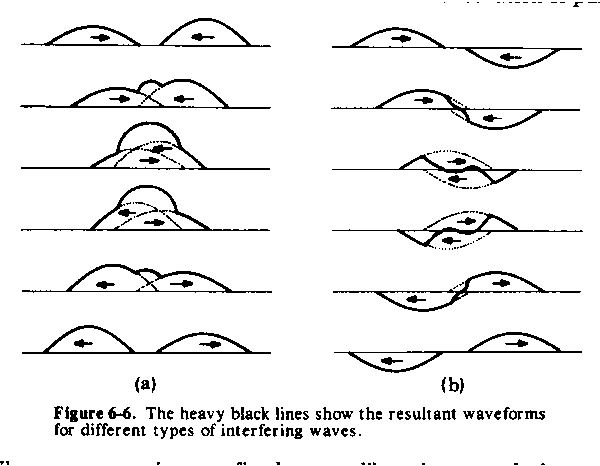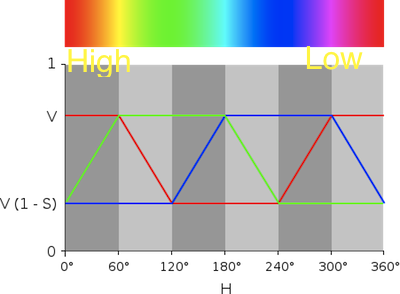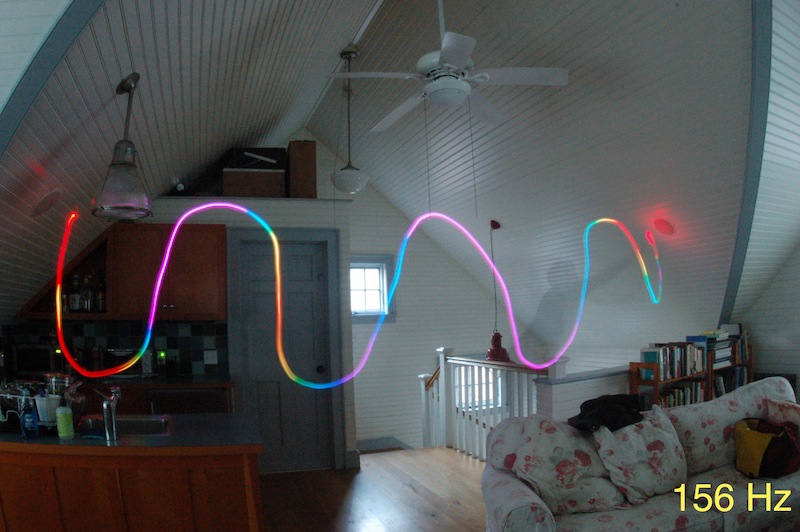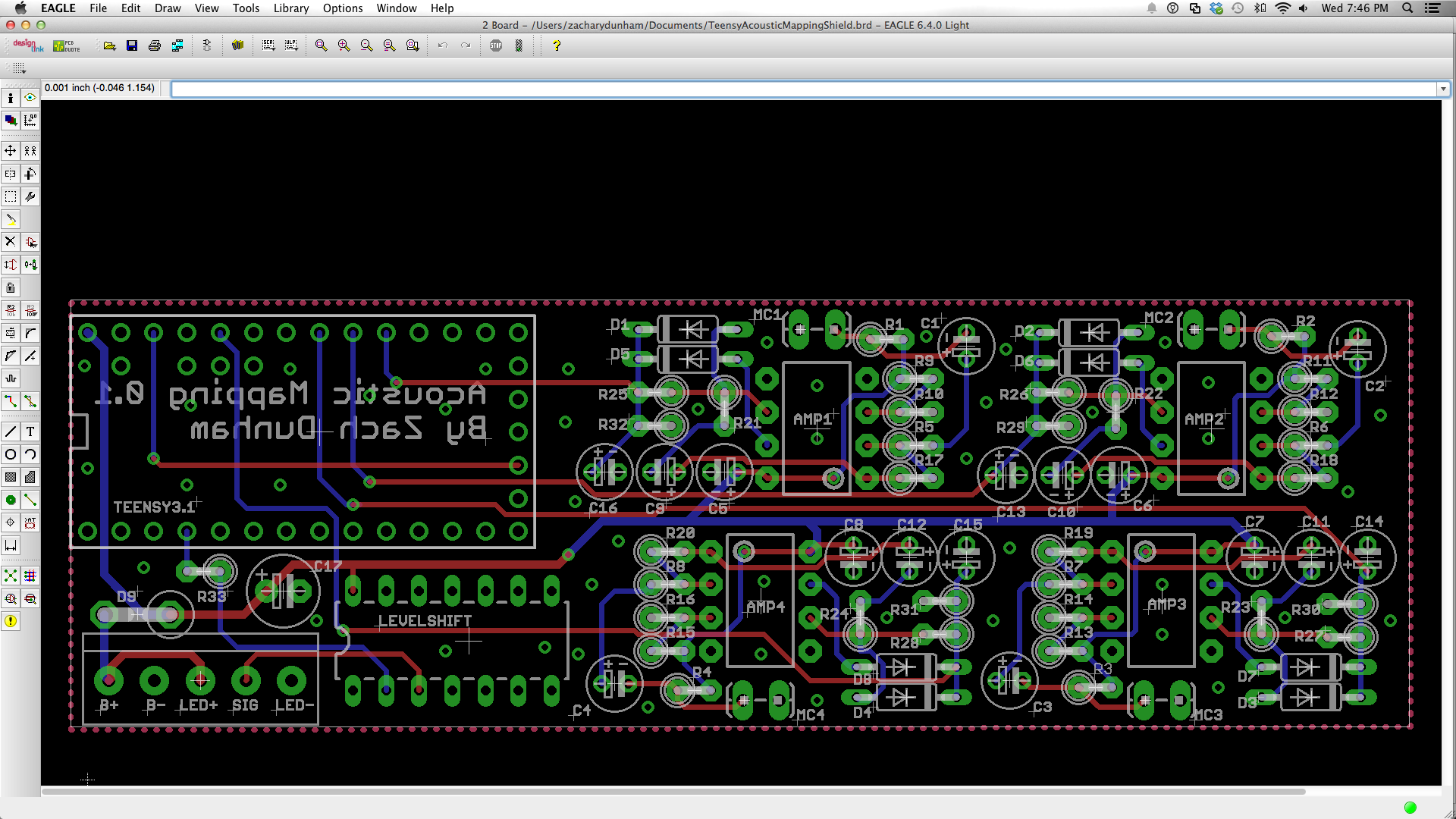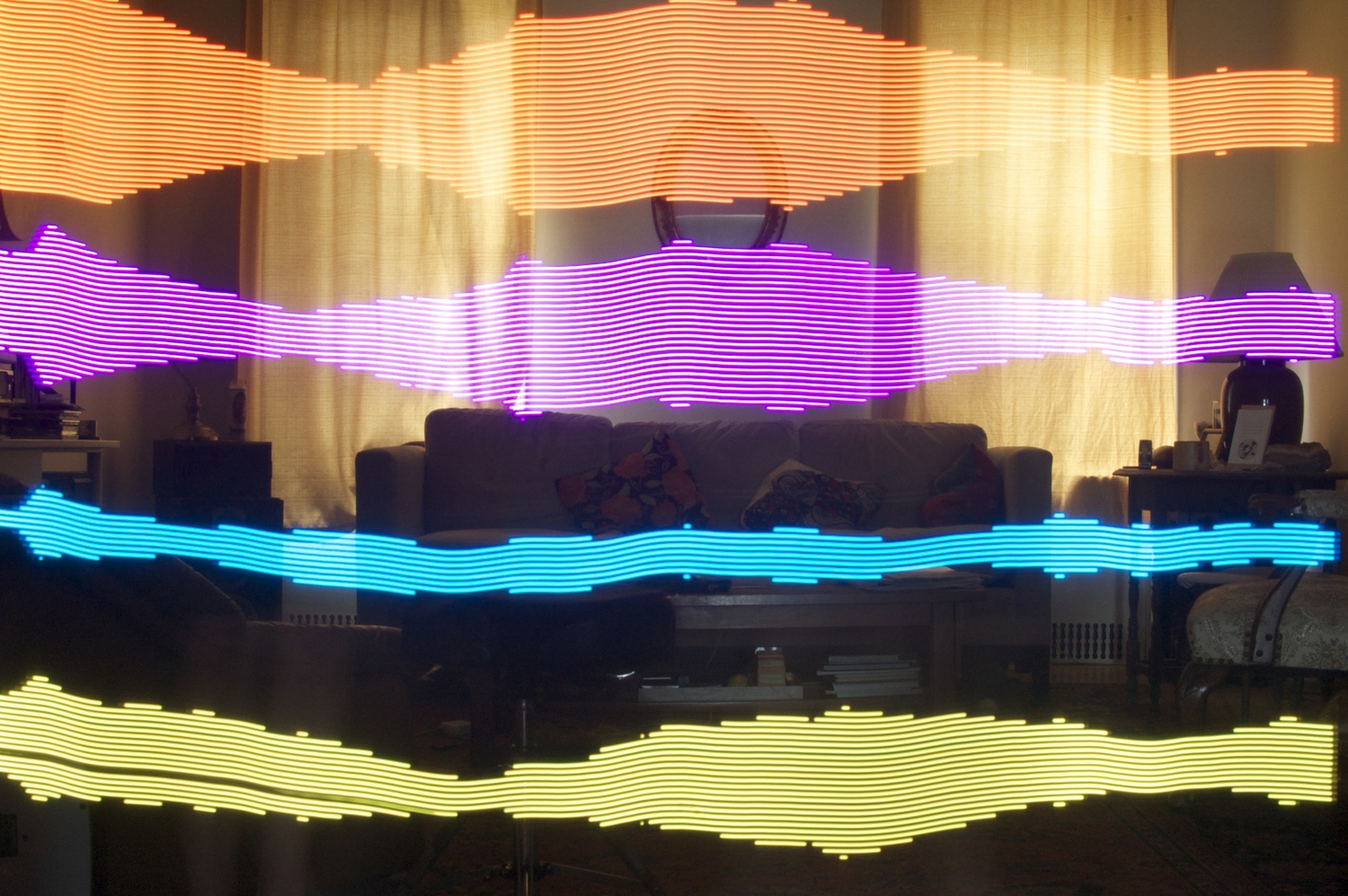The goal for this project is to be able to photograph standing wave interference to create a kind of acoustical map of a room. Wave interference, simply put, is caused when two waves of the same frequency but different phase combine and result in a waveform that has an increased or decreased amplitude.
In order to photograph these interference or standing wave patterns, I'm playing a range of sine tones but only working with one frequency at a time in order to isolate these interferences. In any listening situation there are direct and reflected sounds. As sound leaves the source it propagates outward, reflecting off of surfaces along the way, until it reaches your ears. Depending on where you are in the room, some portion of this sound also travels directly to the ear. Because of these alternate routes (reflected and direct) we end up with differences in arrival time which can also mean differences in the phase (angle) of the wave. As these in- or out-of-phase signals reach our ear, they can cancel each other out or combine to result in a larger waveform. In theory there should be locations where there would be total cancellation, however, because of a number of factors including imperfections of the speakers and colorations of the room itself, this doesn't entirely happen. We do, however experience dips in volume. These are made apparent at lower frequencies by taking a step forward or back, or at higher frequencies simply by turning your head. Mostly I'm looking at lower frequencies, i.e. longer wavelengths, since these are the frequencies that tend to "build up" in most rooms - higher frequencies usually disperse around the room much better than lower frequencies do.


